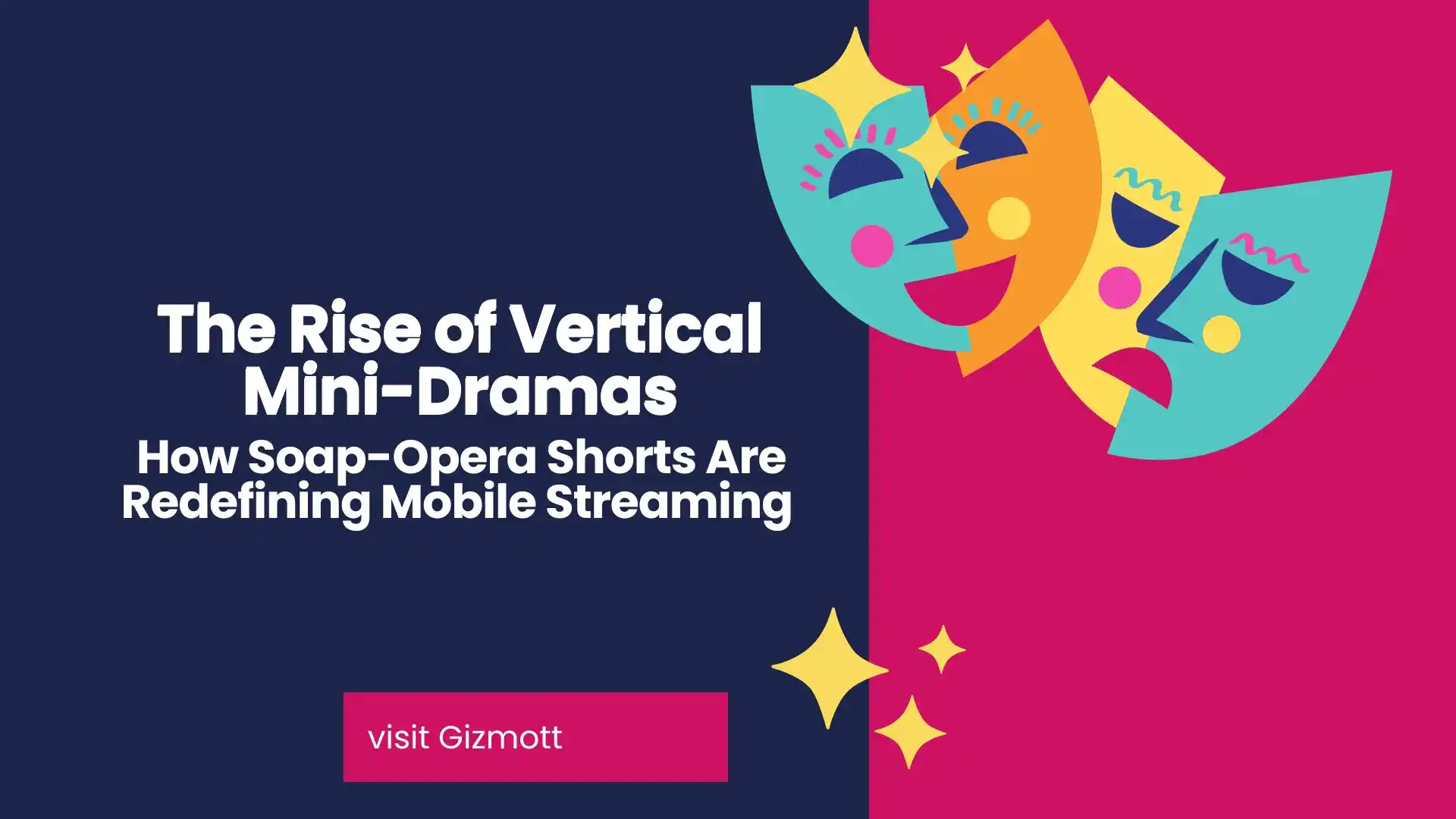Let’s be real — launching an OTT platform is only half the game. The bigger challenge? Monetizing it the right way.
Whether you’re streaming movies, live events, educational content, or niche entertainment, you can’t rely on just one revenue stream anymore. Viewers today have different preferences — some want ad-free content, others don’t mind a few ads if it’s free. Some are happy to rent a movie for the night, while others binge entire series over a weekend.
So how do you keep everyone happy and your business profitable?
Simple. You build your OTT platform with multiple monetization options — giving users the freedom to choose while maximizing your revenue from every click, view, and subscription.
Let’s explore the most effective revenue models you can implement — and how to do it the right way.
1. SVOD (Subscription Video on Demand)
You know this model already — it’s the Netflix, Prime, and Disney+ way.
With SVOD, users pay a recurring fee (monthly, quarterly, or annually) to access your content library without interruptions.
Why It Works:
- Predictable income stream
- Better user retention
- Great for exclusive content or niche audiences
How to Add It:
- Offer flexible plans (Basic, Premium, Family)
- Include a free trial for new users
- Use recurring billing integrations like Stripe or Razorpay
- Promote loyalty perks for long-term subscribers
2. AVOD (Advertising Video on Demand)
Not everyone wants to pay upfront — and that’s where AVOD saves the day. Think YouTube or Tubi.
With AVOD, your content is free to watch, and your revenue comes from ads shown before, during, or after playback.
Why It Works:
- Attracts price-sensitive users
- Scales user base faster
- Generates ad revenue with growing views
How to Add It:
- Integrate with ad networks like Google Ad Manager
- Offer targeted ads based on user demographics
- Keep ad length reasonable to avoid user drop-off
3. TVOD (Transactional Video on Demand)
With TVOD, users pay only for what they watch — like renting or buying a movie. Think iTunes or Google Play.
Why It Works:
- Perfect for premium or live content
- Creates urgency and exclusivity
- Ideal for event-based streaming
How to Add It:
- Create a seamless checkout for single purchases
- Offer early-bird pricing for live events
- Allow rentals with 24–72 hours of access
4. Freemium + Premium Upsells
This is one of the most underrated OTT monetization strategies — let people explore before they invest.
The freemium model offers users free basic content while locking premium content or features behind a paywall.
Why It Works:
- Builds trust before asking for money
- Converts casual users to paying subscribers
- Encourages content discovery
How to Add It:
- Clearly label free vs premium content
- Add a “Premium” badge for exclusive shows or features
- Use call-to-actions like “Unlock this show” or “Go Ad-Free”
5. Hybrid Monetization: The Smart Combo
Here’s where the magic happens — combine multiple models to suit different user segments.
A hybrid OTT platform could look like this:
- Free content with ads (AVOD)
- Premium ad-free plan (SVOD)
- Pay-per-view for exclusive events (TVOD)
Why It Works:
- Caters to varied viewer preferences
- Diversifies your income
- Offers flexibility without sacrificing revenue
6. In-App Purchases and Microtransactions
This one’s gold if you host live streams, fan interactions, or interactive content. Viewers can purchase upgrades, emojis, virtual gifts, or even backstage access.
Examples:
- Tip the host during a live concert
- Unlock behind-the-scenes clips
- Buy access to bonus interviews or extended episodes
7. Partner Bundles and Cross-Promotions
Bundle your OTT subscription with other services — like telecom providers, gaming apps, or hardware products (TVs, smartphones, dongles).
Why It Works:
- Increases visibility and user acquisition
- Encourages long-term subscriptions
- Builds B2B revenue streams
8. Licensing Your Platform (White Label)
If you’ve built a strong OTT backend, why not offer it to others?
White-labeling or licensing your OTT tech helps other creators launch their own platforms — while you earn from it.
Why It Works:
- Turns your platform into a service (PaaS)
- Adds B2B income
- Positions you as a tech enabler
Bonus Tips to Nail OTT Monetization
- Know Your Audience: Use analytics to understand what they want and how they watch.
- Test, Learn, Repeat: A/B test your pricing and offers.
- Keep the UX Smooth: Frictionless payments and navigation = more conversions.
- Highlight Value: Show users what they gain when they pay.
Final Thoughts
Monetizing your OTT platform isn’t a one-size-fits-all deal. It’s about combining the right mix of models based on your content type, target audience, and growth goals.
When done right, you not only increase revenue but also improve viewer satisfaction, retention, and brand value.
As OTT platform service provider, we help content creators, media companies, and visionaries launch powerful OTT platforms with flexible monetization options baked right in. Whether you’re starting from scratch or scaling up, we’ve got you covered.
Ready to take your OTT business to the next level?
Let’s build a platform that pays off — literally.



